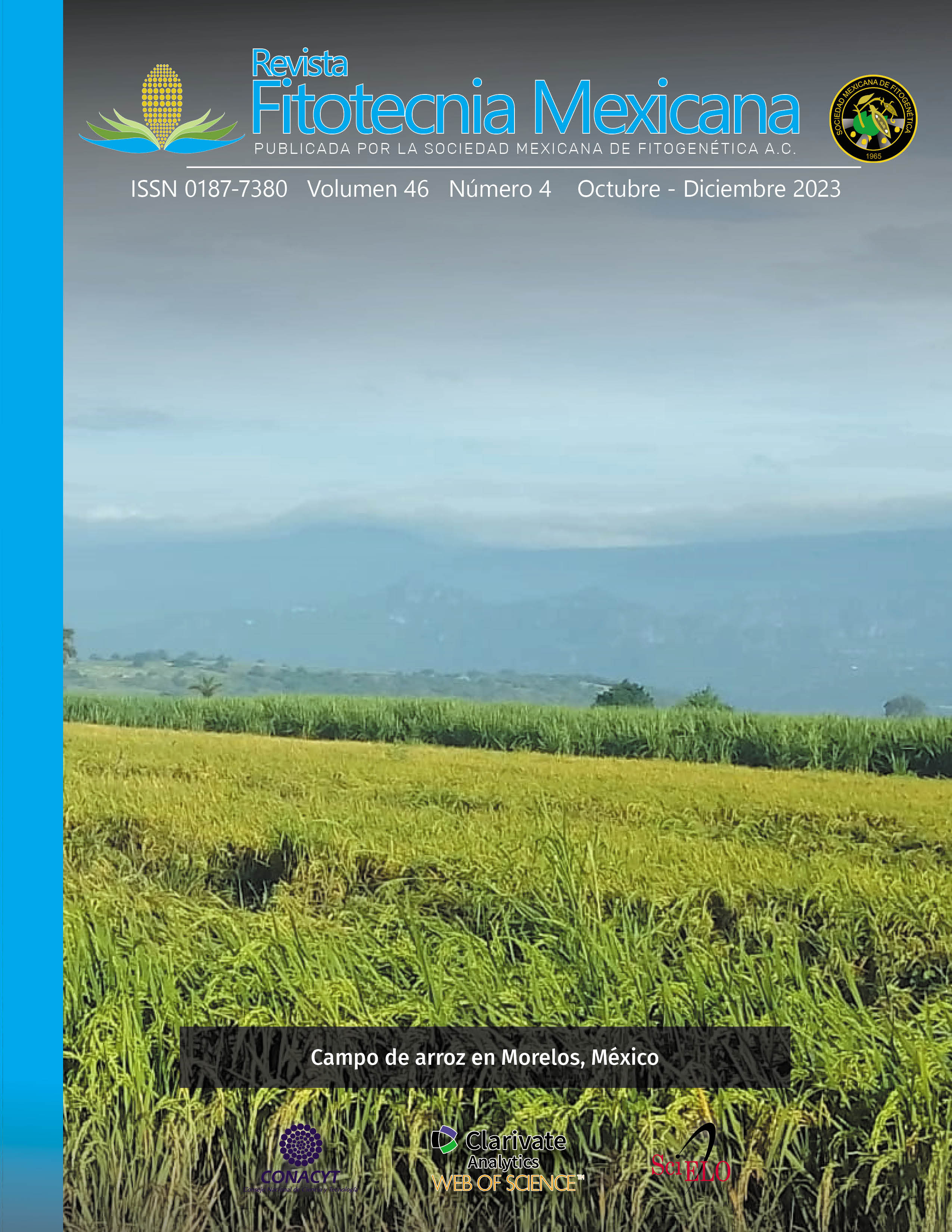DISTRIBUTION AND ECOGEOGRAPHICAL CHARACTERIZATION OF MAIZE NATIVE TO QUERÉTARO, MEXICO
Main Article Content
Abstract
Knowing the diversity of maize (Zea mays L. subsp. mays) races in a region or state and the environmental conditions in which they thrive, provides information to define actions for their conservation and sustainable use. The objective of this study was to determine the maize races that are distributed in the state of Queretaro, Mexico, and to characterize the ecogeographic conditions to which they have adapted, as well as to identify priority areas for collecting native maize populations for ex situ conservation. One hundred and ten accessions were collected during 2021 and 2022 in Southern and Northern Queretaro State, Mexico. A database was constructed with available historical records. The total number of localities included in the analysis was 261 localities. The presence of 14 races belonging to five racial groups was detected, of which four had not been previously reported in the state of Queretaro. The ecogeographic analysis was carried out with nine bioclimatic, edaphic and geophysical variables that determine the distribution of maize in the state. Seventeen categories were identified and 12 of them contain maize races. To safeguard genetic representativeness, collection in the Southern Altiplano is considered a priority due to the presence of ecogeographic categories without previous records.

